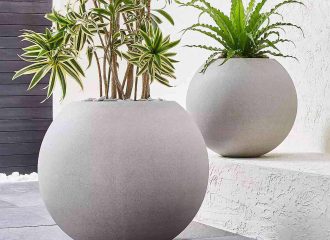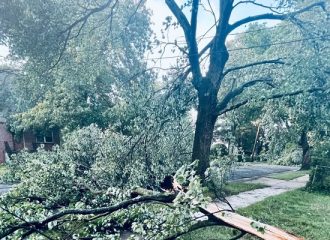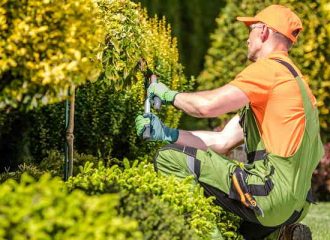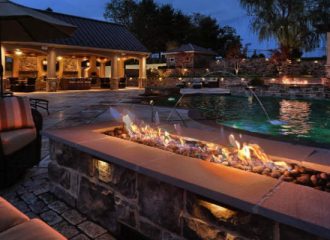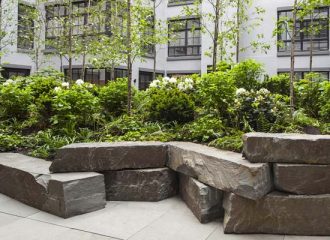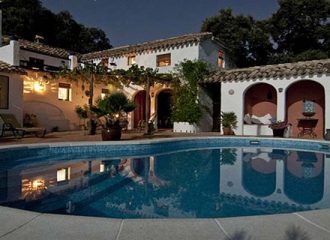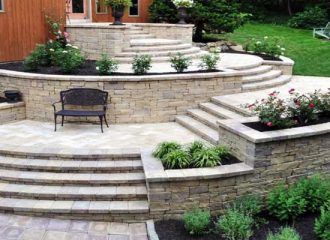Choosing the Right Size Pot for Your Plant: A Gardener’s Guide
If you’ve ever admired a perfectly manicured garden, you already know how vital a proper pot can be for the plant’s overall look. An array of lush greenery in a suitably sized pot can instantly elevate a space and garden, be it a small balcony, an indoor corner, or a huge backyard. However, the magic lies not only in the aesthetic but in the choice of the pot size this can directly impact the plant’s health and growth.
A common misconception among garden enthusiasts is that a larger pot always means better growth. While this may seem logical – more room, more growth, right? – it is only sometimes the case. Just as a child couldn’t swim in an adult-sized shirt without drowning, a plant can get lost in a pot too large for its size and a pot too small can hinder the plant’s growth, causing the roots to become root bound. A pot that’s too large for a plant can lead to overwatering, which is a common cause of plant demise. Excess potting soil in larger pots retains water longer, creating a soggy environment many plants don’t appreciate. The right size offers a balance, providing enough space for roots to expand and grow while preventing overwatering.
The Goldilocks Principle: Not too Big, Not too Small
As a general rule of thumb, the pot’s size should correspond with the size of the plant. A pot that is about 1-2 inches larger in diameter than the plant’s root ball is typically a good choice for most plants. This gives the plant enough room to grow without causing water to pool at the bottom.
However, not all plants are created equal, and different plants have different root systems. For instance, succulents and cacti prefer a snug fit, so a smaller pot might work better. In contrast, fast-growing plants with extensive root systems, such as ferns or spider plants, may need a larger pot for better growth.
Room to Grow: Potting and Repotting
For new plants, it’s generally best to start with a smaller pot and gradually increase its size as the plant grows. This method promotes healthier, more sustainable growth. When you notice signs that your plant might be outgrowing its current pot — such as water flowing straight through the pot, roots appearing through the drainage holes, or the plant growing significantly slower — it might be time for repotting. This typically happens every 1-2 years for indoor plants and faster for outdoor plants, depending on the plant’s species and growth rate.
The Material
Lastly, the pot’s material can also affect how quickly the soil dries out. With materials like clay or terracotta they can help prevent overwatering by allowing more evaporation than plastic or ceramic pots but you will need to water your plants more often, particularly in hot or windy weather.
Choosing the right size pot for your plant can seem daunting, but with these tips, it becomes a much more manageable task. Start small, monitor your plant’s growth, and adjust as necessary. After all, gardening is as much about the journey as the destination. Enjoy nurturing your plants, learn from the challenges, and take pride in their growing, thriving garden.
There’s no ‘one size fits all’ solution in gardening. Different plants have different needs, and what works best for one plant might not work well for another. So don’t be afraid to experiment, observe, and learn from experience. May your garden grow and flourish.

